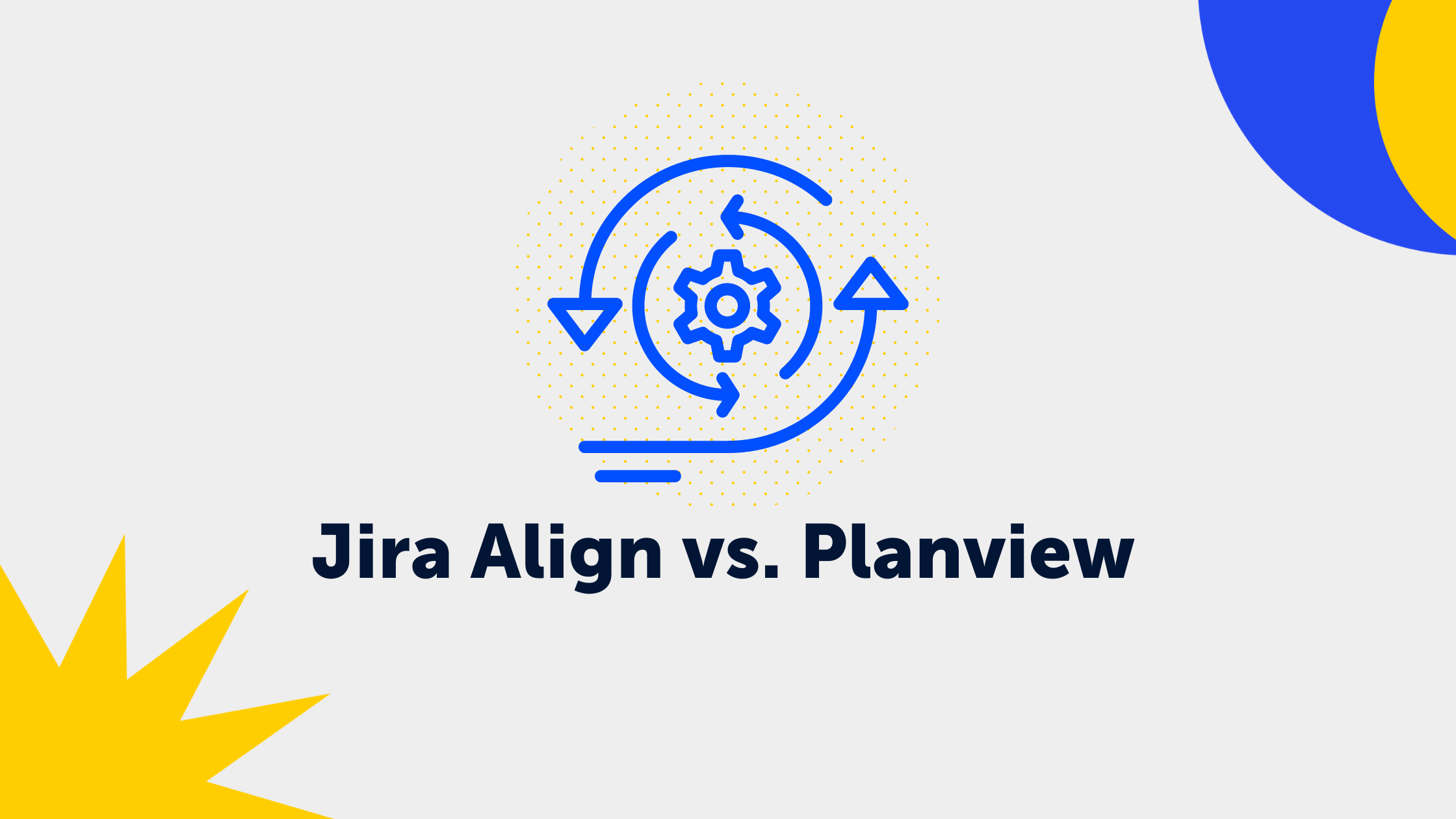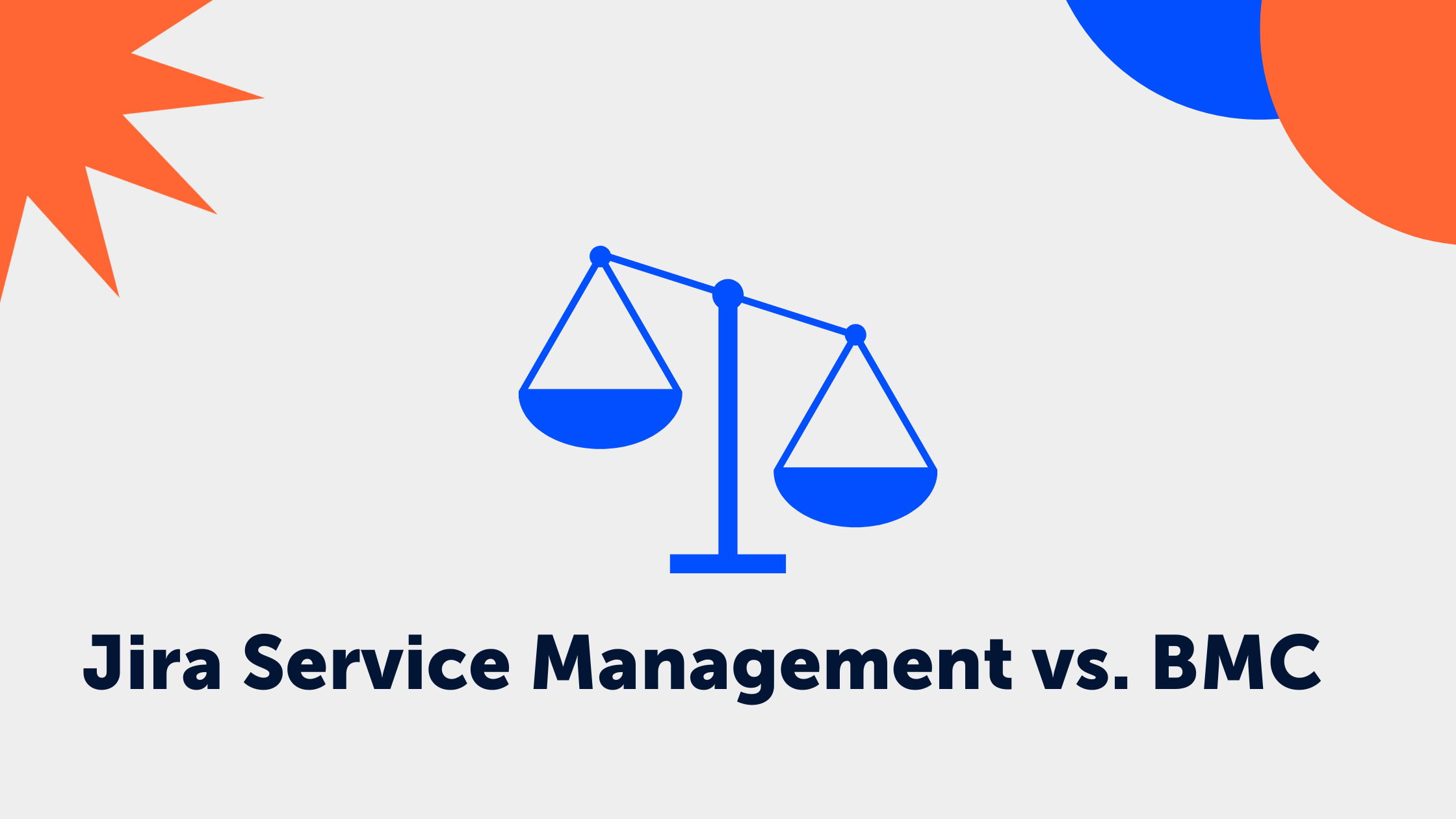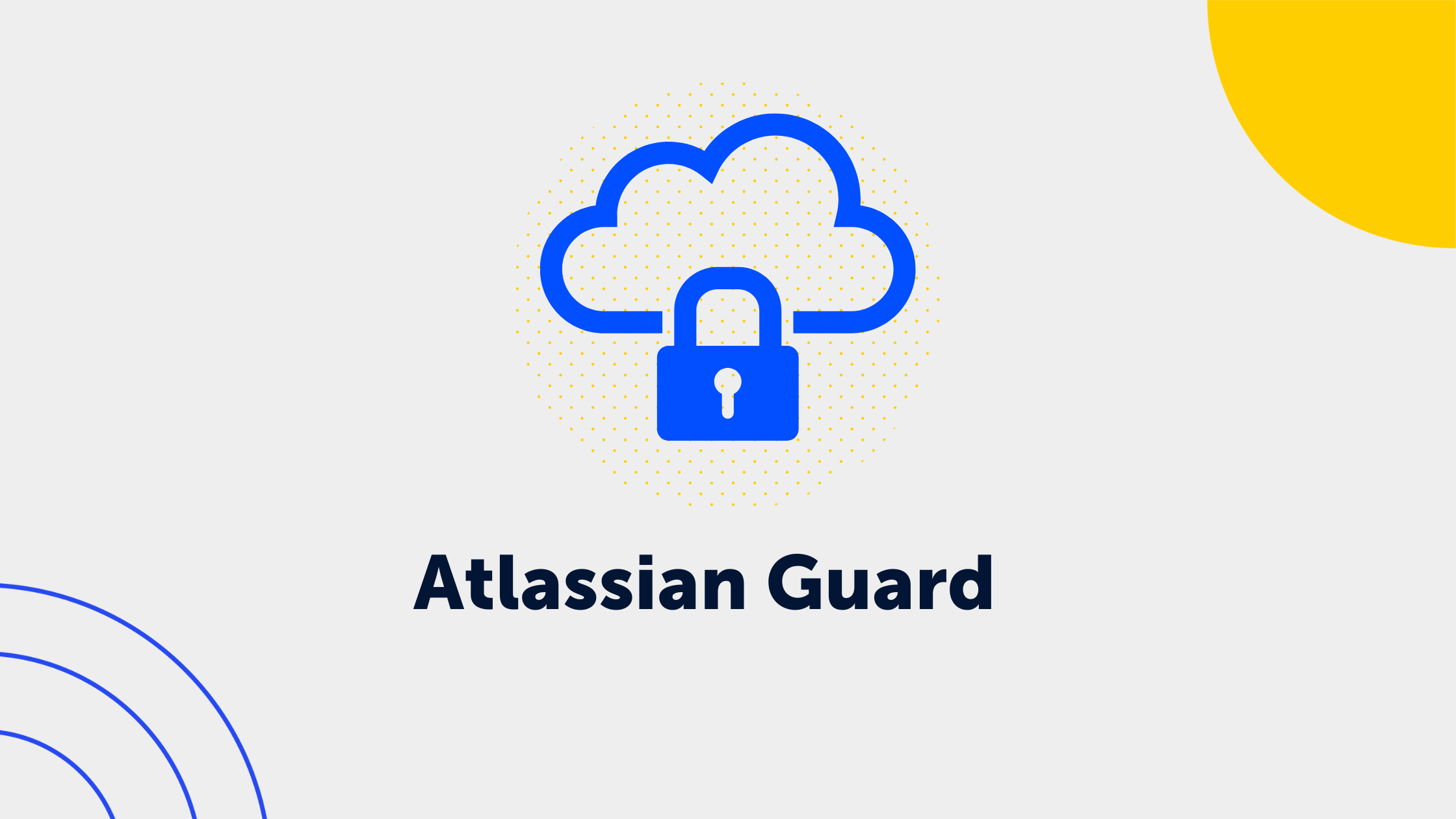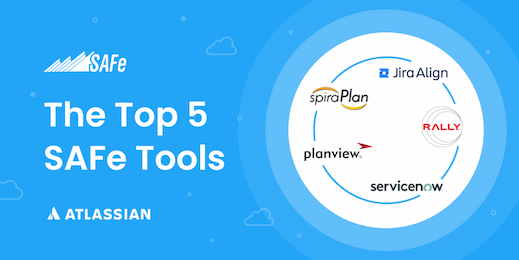 Most senior IT staff will say that the speed of product or service delivery is a primary concern for their organization. To achieve greater speed and efficiency, companies invest in agile technologies. Scaled agile (or Scaled Agile Framework, known as SAFe) is a systematic framework used to facilitate agile implementation during the software development process. It provides a robust structure and governance protocols that facilitate project management across multiple teams without impeding the agile development or agile project management process.
Most senior IT staff will say that the speed of product or service delivery is a primary concern for their organization. To achieve greater speed and efficiency, companies invest in agile technologies. Scaled agile (or Scaled Agile Framework, known as SAFe) is a systematic framework used to facilitate agile implementation during the software development process. It provides a robust structure and governance protocols that facilitate project management across multiple teams without impeding the agile development or agile project management process.
SAFe requires a combination of the right tools and people to be successful. Teams have to align, collaborate and remain transparent throughout the project management, which is best achieved by using software designed for SAFe implementation.
Tools Used For SAFe Implementation
There are a limited number of tools on the market that enable SAFe for agile teams, with various degrees of complexity. In this section, we’ll review each of them in no particular order:
1. ServiceNow
ServiceNow is a cloud-based workflow automation tool used by agile teams, mostly during software development projects. It enables organizations to improve efficiencies through streamlining and automation of routine tasks. ServiceNow is ideal for small businesses, although it can be used by enterprises with fewer than one thousand employees. It’s scaled-down and will be highly manageable for companies with small IT departments, agile teams, and an unsophisticated infrastructure.
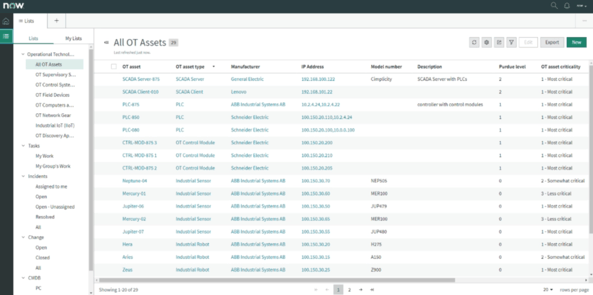
ServiceNow features a self-service catalog, a configuration management database, and a knowledge management module that facilitates the automation of manual operations. It also has preconfigured Agile dashboards to showcase trends, statuses, and details for agile development.
Benefits and Disadvantages
ServiceNow’s modular components have seen the platform expand from pure ITSM to App development, Security, Customer Service, HR Management, and more. It is straightforward and doesn’t require prior programming knowledge to implement the scaled agile framework.
This tool uses a Unified Backlog feature to manage all agile work from a single record system. Product owners, project managers, and agile teams can easily plan and manage all tasks efficiently during the development process. Project portfolio management integration and performance analytics assist PM with complex projects.
ServiceNow is comparatively expensive considering its target market. Knowledge of JavaScript is necessary to configure the application, and upgrades can be time-consuming and complex (especially if the app has been modified). ServiceNow may not be suitable for companies seeking an on-premise solution for scaling agile.
Features of ServiceNow
- Automated Testing Framework
- Change Management
- Asset Management
- CAB Workbench
- Application Portfolio Management
- CRM Tools
- Incident Management
- Escalations and Notifications
- Reporting
- LDAP synchronization
- Live Feed Collaboration Tools
- Bi-directional email integration
2. Rally Software
Rally Software is a popular enterprise-level platform designed to scale agile development processes and increase collaboration by connecting teams. Rally allows development teams and project managers to plan, prioritize and track work collaboratively while maintaining business agility.
.
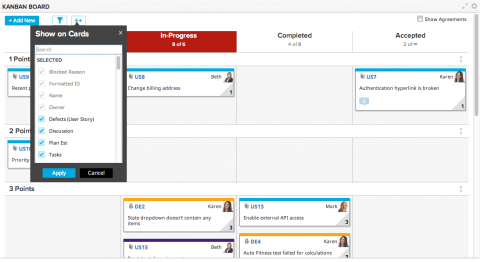
Rally Software is an enterprise-level platform designed to scale any company’s agile development practices. The system connects development teams, increases collaboration, leverages data, and maximizes productivity by expanding agile practices and aligning processes with critical business objectives.
Benefits and Disadvantages
Rally features several visualization tools that allow teams to view current tasks in lists, boards, or timelines. It also provides highly comprehensive roll-ups of progress, dependencies, and plans.
It has an impressive suite of automation tools and provides a real depth of insight for business managers that want to connect strategy to delivery.
However, Rally is not as versatile as some of the other tools on the market. Its workflows are fixed, and it uses a limited number of plugins. It is not particularly user-friendly, and users must have a working knowledge of Agile principles to get the most out of it. Rally is not particularly suitable for enterprise-level organizations and is best suited for companies with fewer than 1000 employees.
Features of Rally Software
- Wiki Documentation and Forums
- Work Capacity Planning
- Task Ranking
- Kanban Boards
- Release Forecasting
- Time Tracking
- Budgeting
- Team Scorecard
- Progress Monitoring
3. SpiraPlan
SpiraPlan is a portfolio and risk management platform used for most agile methodologies, including SAFe, Nexus, Scrum of Scrums, DAD and LeSS. It offers a single environment to manage all programs, portfolios, baselines, requirements, tasks and QA. Integrated dashboards provide insight into project health and status, with a special reporting focus on risk indicators such as task burndown or burnup, effort slippage, velocity, and issues.
.
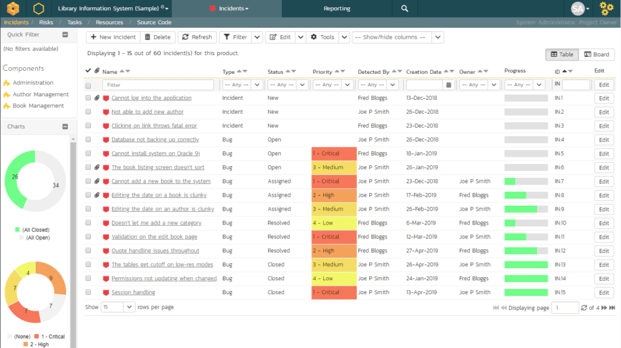
Benefits and Disadvantages
SpiralPlan is convenient. Users can upload documents and web links to a central knowledge repository, monitor issues and defects against the schedule, define resourcing levels, and create new projects based on existing templates. Admins can create user profiles with various access permissions.
SpiralPlan also integrates with many defect-management systems, source code management systems, and DevOps pipeline tools.
On the downside, users report that the UI and navigation get laggy, and reports are not as extensive or customizable as they should be. SpiralPlan can also become quite complex when too many test cases are created.
Features of SpiraPlan
- Agile Methodologies
- Audit Management
- Bug Tracking
- Change Management
- Collaboration Tools
- Compliance Management
- Corrective and Preventive Actions (CAPA)
- Create Subtasks
- Customizable Templates
- Dashboard
- Gantt/Timeline View
- Issue Management
- Backlog Management
4. Planview
Planview is a portfolio and project management tool that offers enterprise solutions through a suite of products. It features project portfolio management, agile enterprise planning, innovation management, and more that apply to a scaled agile framework. Planview is used for various project types, including Agile, Lean, and unstructured collaborative work.
With Planview, organizations access the features needed to address issues and tasks during various project management stages. It’s relatively easy to capture demands, prioritize portfolios, execute strategies and even manage financials.
Benefits and Disadvantages
Planview features rich reporting and analytics operations allowing easy access, visualization, sharing, and collaboration. Drill-down reporting makes it easy to visualize business information at a glance, and ad hoc reports are simple to create. Planview is one of the most visual and user-friendly and solutions on the market. It can be utilized via SharePoint, Excel, MS Outlook, and other numerous devices.
While not necessarily a con, note that Planview requires attention to detail as errors can cause users to start all over.
Features of Plainview
- Add Recurring Tasks
- Agile Project Management
- Financial Reports
- Forums
- Interactive Gantt Charts
- Project Hierarchy
- Project Portfolio Management
- Scheduling
- Set Priorities
- Create Teams/Groups
- Custom Reports
- Customization
- Dashboard
- Document Management
5. Jira Align
Atlassian has prioritized support for SAFe in Jira Align’s agile planning feature for enterprise-wide deployment. Jira Align connects work to product, as well as program and portfolio management at scale. Since Jira connects teams, Jira Align connects teams to the business.
With Jira Align, teams and executives have real-time visibility into product roadmaps, portfolio plans, and dependencies in a single view. Changes in scope can be seen across groups through the program board.
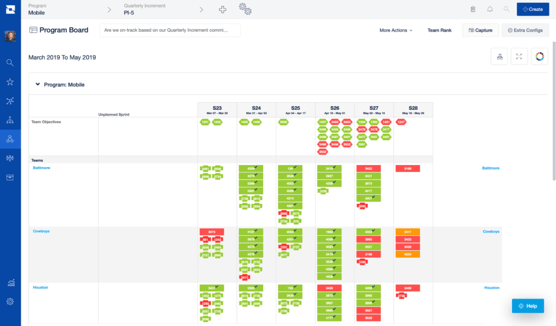
All layers of scale are connected, and everyone within the organization is kept in the loop in making data-driven decisions that drive outcomes faster and more reliably. Built-in dashboards, assessments, reports, and templates allow for ease of adoption and speed through the development process.
Benefits and Disadvantages
Since strategy determines execution in Jira Align, teams are more inclined to work towards the same goal and can quickly determine project scope, roadmaps, and dependencies. While Jira Align supports long-term planning, it focuses on productive working methods that make it easy for teams to change direction when necessary.
With Jira Align, organizations gain holistic insights into the capacity and velocity of their teams, from status-tracking to their alignment with business goals.
On the downside, Jira Align can be challenging for teams working with third-party applications or models that still use extremely rigid waterfall development techniques. Although there are workarounds, it still takes some additional effort.
Features of Jira Align
- Functionality inclusive of all configurations/levels of SAFe
- Connection from Strategy to Execution (Why Button)
- Allocation of investment support
- Backlog functionality at every level
- Kanban boards
- Dependency Management
- Ability to attach Framework Maps
- Big Room Planning
- Risk and dependency tracking
- WSJF Calculations
- Roadmapping
- Thousands of Plugins
Conclusion
Adopting SAFe can be a challenging process. Since adopting the right tools that enable staff to deliver at scale and promptly is critical to achieving business goals, ensure you determine your project needs and understand the tool’s capabilities, benefits, and disadvantages before deciding on any solution.
 Alma Dizdaric
Alma Dizdaric
